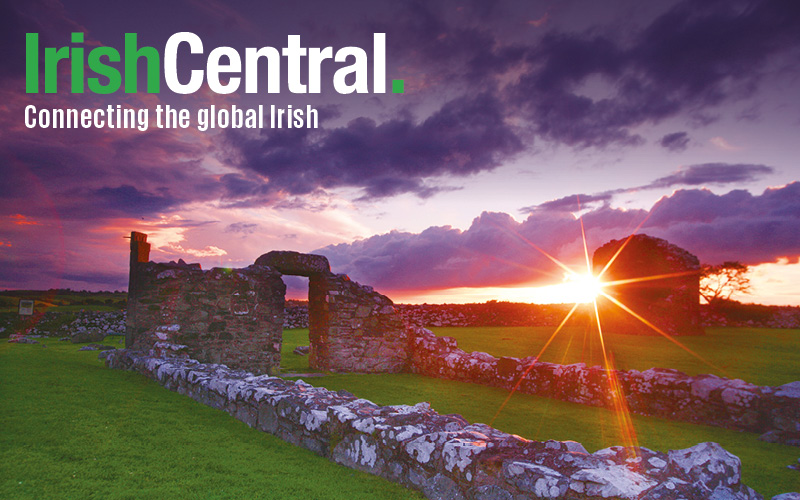A ceremony remembering Irish famine victims who arrived in Baltimore on coffin ships was held at the Irish Railroad Workers Museum in Southwest Baltimore on Saturday.
The event recalls a chapter of the city’s Irish history, when three ships carrying famine refugees arrived in the harbor. Ships such as these came to be known as ‘coffin ships’ because the overcrowded conditions contributed to widespread illness and death among the passengers.
BaltimoreSun.com recalls that in 1847 three ships carrying 674 immigrants, mostly Irish, arrived in Baltimore Harbor. The three ships – the Hampden, the Richard Anderson, and the Rio Grande – had come from Liverpool. By the time the ships arrived the passengers, who were fleeing the great Irish famine, were sick, with some near death. The Port of Baltimore’s health officer quarantined the sickest passengers and would not allow them to come into the city’s most populated areas. The quarantine area is today marked by the Lazaretto Point Light and a Lehigh Cement facility.
On May 11, 1857, The Baltimore Sun, which quoted the newspaper The Dublin Nation, reported: "Two millions of human beings... are destined to perish by this year's famine in Ireland."
"The truly distressing and pitiable situation of most of the Irish passengers who have lately arrived in our city appears to be little known," The Baltimore Sun reported.
The newspaper noted the efforts of the Hibernian Society of Baltimore to "ameliorate the immigrants' condition."
“Many of the passengers ... have been in a wretched condition; feeble and weak from the want of food at home, their situation has been rendered worse by the confinement of their passage, and they have landed with frames emaciated by hunger and broken down by disease.”
The Rio Grande carried the “most wretched” of the passengers. Of the 220 people on board, nearly half were "prostrated by disease and starvation, destitute in everything; in fact, in the most deplorable condition the mind can conceive of."
The majority of the adult passengers were in their 20s, with family names such as Barrett, Coyne, Flinn, Reddington, Loftus, Regan, McGrath, Gordon, Gallagher, Devine, Hughes, McCaffrey, Feeney, and Kenny. The occupations of those listed included stonecutter, farmer, servant, gentleman, laborer, weaver, cooper, dressmaker, and shopkeeper.
The Hibernian Society raised funds for a temporary hospital, and the Sisters of Charity from Emmitsburg served as nurses.
The refugees had what the health officer named as “ship fever,” or typhus and dysentery, and some of the people attending to the immigrants also succumbed to disease. That June the newspaper reported the death off Sister Clarina, a Sisters of Charity member born Mary Fledderman, and the illnesses of Sister Chrysostom and Sister Mary Ann. The Baltimore Sun said rumors were circulating about the health of the nuns who served "in the spirit of self-sacrifice."
Many of the children of the immigrants were left orphaned after their parents died. The Rev. James Dolan, pastor of St Patrick’s Churck on Broadway in Fells Point, worked with Hibernian Society president Hugh Jenkins to obtain a 71-acre suburban tract in Govan on Homeland Avenue to create a boys’ orphanage.
In the 1850s, the orphanage housed as many as 30 boys. It was later transferred to Fells Point. The property would become the basis of a Roman Catholic parish, St Mary of the Assumption, and a Homeland Avenue cemetery.
According to the museum’s Facebook page, the event on Saturday included a presentation, 'Irish Connections — Maryland and Ireland' by historian Denny Lynch, followed by a gathering at the Memorial Wall under the Famine Crossing mural and a Remembrance.




Comments